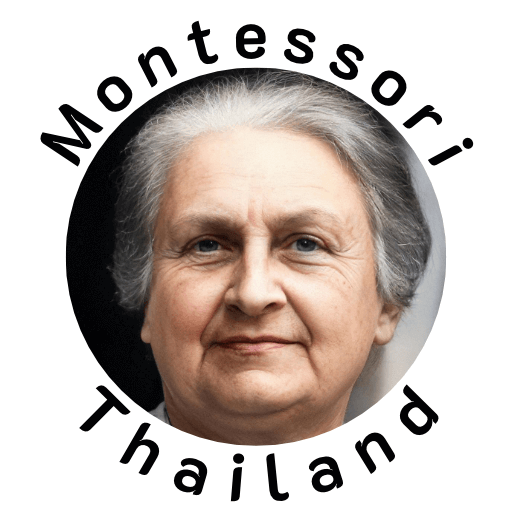
by MontessoriX | 1 Aug 2023 | Glossary
In Montessori education, Classification refers to the process of sorting or grouping items according to shared characteristics.[1] Engaging in classification activities is deemed crucial for the construction of the intellect in young children. The...

by MontessoriX | 1 Aug 2023 | Glossary
Erdkinder, a German term that translates to “Children of the Earth,” is a concept developed by Maria Montessori which refers to her vision of an ideal adolescent educational environment[1]. This model, often described as a “farm school,” posits...

by MontessoriX | 1 Aug 2023 | Glossary
The Children’s House (Casa dei Bambini in Italian, often also referred to as Kinderhaus in German) is a term used in Montessori education to refer to a prepared environment for children aged three to six years.[1] This space is...

by MontessoriX | 1 Aug 2023 | Glossary
The Analysis of Movement is a technique employed in Montessori education, in which complex tasks are broken down into their component parts for teaching.[1] By demonstrating each movement slowly and precisely, educators can enhance the child’s...

by MontessoriX | 1 Aug 2023 | Glossary
In a Montessori context, the terms ‘Director’, ‘Guide’, or ‘Advisor’ often refer to the lead educator in a Montessori classroom. Different Montessori schools may use different terminologies, with some using the more traditional...

by MontessoriX | 1 Aug 2023 | Glossary
In the Montessori educational framework, albums are essentially the teacher’s guide for a specific subject. They contain detailed instructions for presenting lessons or activities to children, often including pictures of the materials, the scope and sequence of...







